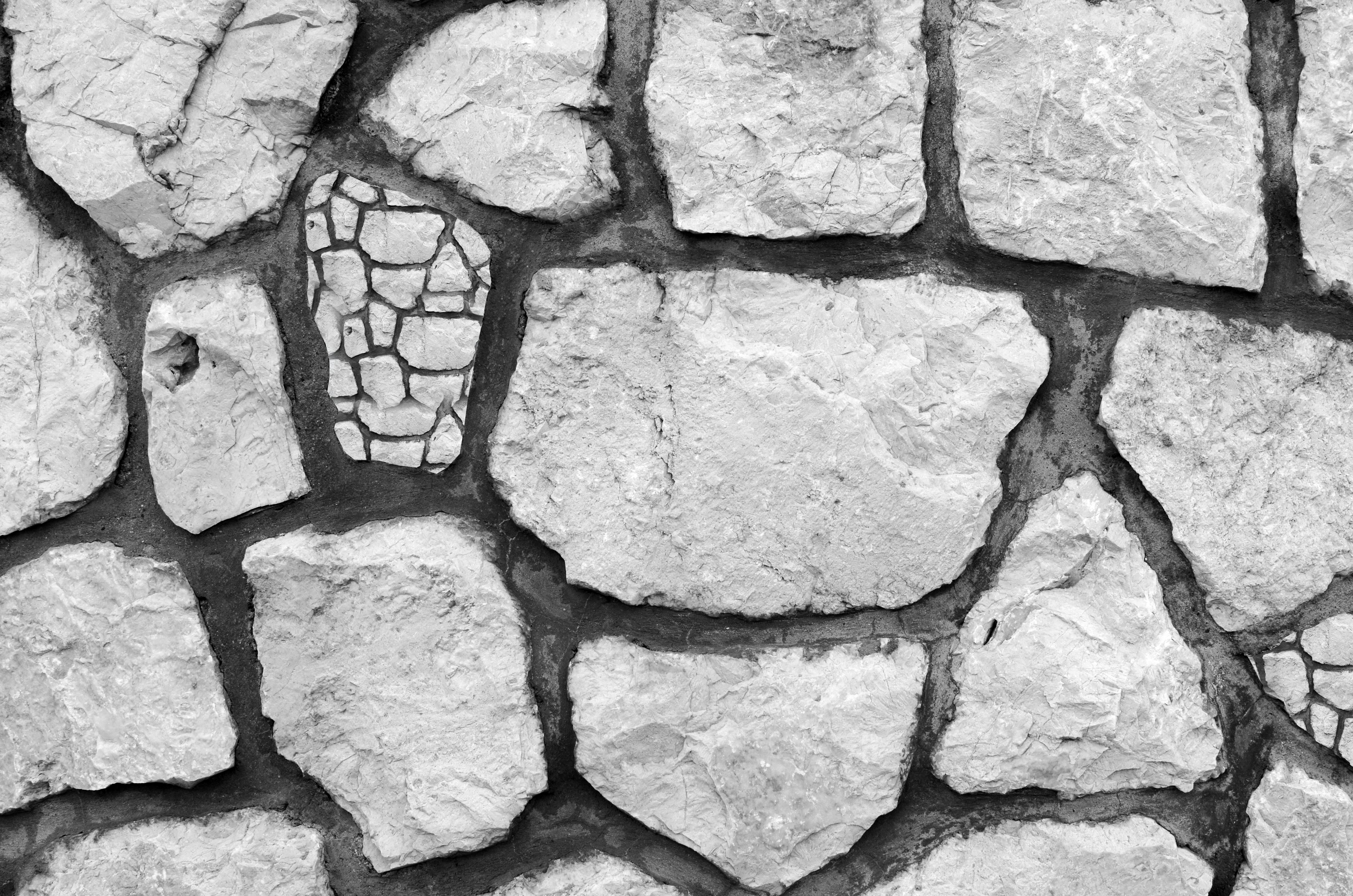A few weeks before Easter, the Germans of the “Kurpfalz” and its surroundings such as the Neckar Valley, celebrate another spring event. It’s called “Sommertagszug”, which I loosely translated here “summer day parade”.
This special event, the Sommertagszug, is celebrated about three weeks before Easter (the exact date may vary from village to village due to local traditions), on Laetare Sunday (Sonntag Laetare), also called Mid-Lent (Mittfasten , or in French, the mi-carême), in the southwestern provinces of Germany. It is a Frühlingfest (a spring festival) to welcome summer and tell winter that its time has come and it must go.
A Zug (parade-train) made up of many children dressed as ducklings with yellow rain jackets and duck heads as hats parades in the city holding large Bretzels placed on the tips of sticks decorated with multi-colored ribbons. Some of these large Bretzels have a hard boiled egg in the middle.
There is also, dragged by some happy men and costumed children, a snowman standing on a dry tree made of straw that represents the old winter. And further on, in a green tree decorated with garlands of brightly colored eggs, we can see a rooster and a crane representing spring and summer. During the parade, the children are signing a song that tells winter to go, that summer is here.
At the end of the parade, the winter tree and the snowman are burned in a large bonfire with everyone standing around them and happily singing that winter is dead, we have been freed from death and “Strih, Strah, Stroh, Der Sommerdag is do “(Summer day arrived).
